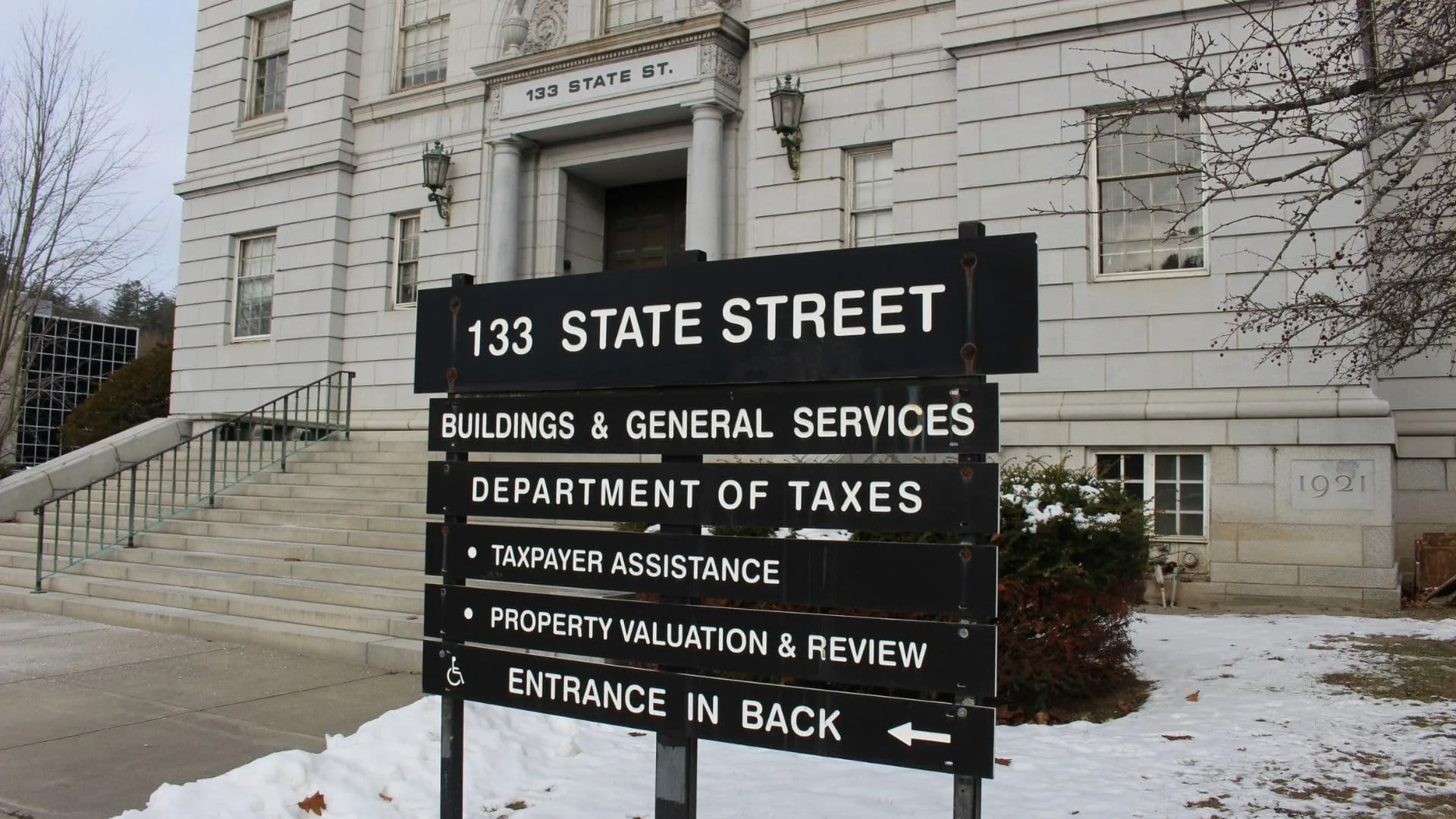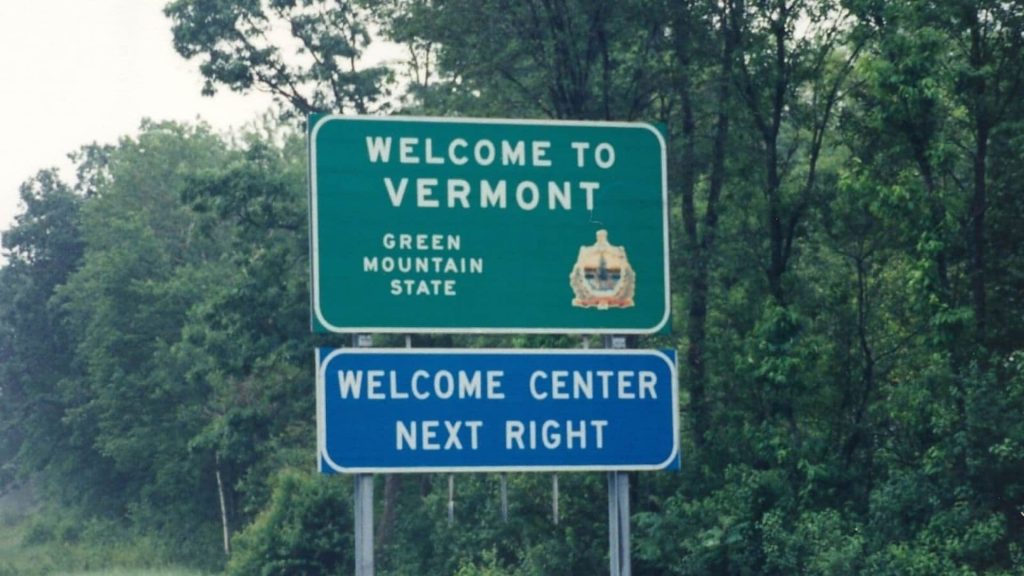
If you’re trying to figure out how to calculate local option tax in Vermont, you’re not alone! This tax is a bit different from the standard state sales tax because it’s an additional charge that certain towns and cities in Vermont can impose on top of the regular sales tax rate. Understanding how to calculate local option tax in Vermont means knowing where the tax applies, which goods and services are included, and the exact tax percentage to use. Local option tax in Vermont usually applies to items like prepared food, alcohol, lodging, and other specific goods or services, and the tax rate typically adds either 1% or 2% depending on the locality. When you calculate the total tax, you first determine the base price of the item or service, then apply Vermont’s statewide sales tax rate, and afterward, add the local option tax percentage to get the final amount. This can be crucial for business owners who want to ensure compliance and for consumers to understand why their receipts might have extra tax lines. In this article, we’ll break down the steps, explain the different tax rates in various Vermont towns, and provide practical advice on how to handle local option tax calculations correctly.
What Is Local Option Tax?
Local option tax in Vermont refers to extra tax rates that towns can impose beyond the state’s base sales tax. This tax allows cities and municipalities to raise additional revenue for community services and projects. It usually affects certain goods such as meals, alcohol, and lodging but does not apply to all purchases.

How To Determine If Local Option Tax Applies
To calculate local option tax accurately, you need to first check if your town or city in Vermont has enacted this tax. Not all areas charge local option tax, so consulting local government websites or Vermont’s Department of Taxes is a smart first step.
Calculating The Local Option Tax Rate
Once you know that local option tax applies, identify the rate. Rates are typically 1% or 2%, but this can vary by municipality. For example, Burlington has a 1% local option tax on meals, while some other towns charge 1% or 2% on lodging or alcohol.
Step-by-Step Calculation
- Identify the item or service subject to local option tax.
- Find the base price before tax.
- Apply Vermont’s statewide sales tax rate of 6%.
- Add local option tax rate (1% or 2%) to the sales tax.
- Calculate the total tax by adding both taxes to the base price.
For example, if you purchase a $100 meal in a town with a 1% local option tax, the calculation would be:
- State sales tax: 6% of $100 = $6
- Local option tax: 1% of $100 = $1
- Total tax: $6 + $1 = $7
- Total Price including taxes: $100 + $7 = $107

Who Collects And Remits Local Option Tax?
Businesses selling taxable goods and services in participating Vermont towns are responsible for collecting both state and local option tax from customers. These businesses then remit the collected taxes to the Vermont Department of Taxes on a regular schedule.
Common Mistakes To Avoid
A common error is forgetting to add the local option tax or mixing tax rates. Another mistake is applying local option tax on exempt items like groceries or prescription drugs, which are not subject to this tax.
Tips For Smooth Tax Handling
Keep updated on local tax changes, use reliable accounting software to apply correct rates, and regularly review your sales tax collection to avoid compliance issues.
FAQs
Q: Does every town in Vermont have local option tax?
A: No, only certain towns have local option tax.
Q: Can local option tax be different for meals and lodging?
A: Yes, rates and applicable goods can vary by locality.
Would you like me to help create an infographic or examples for this article to further improve engagement?